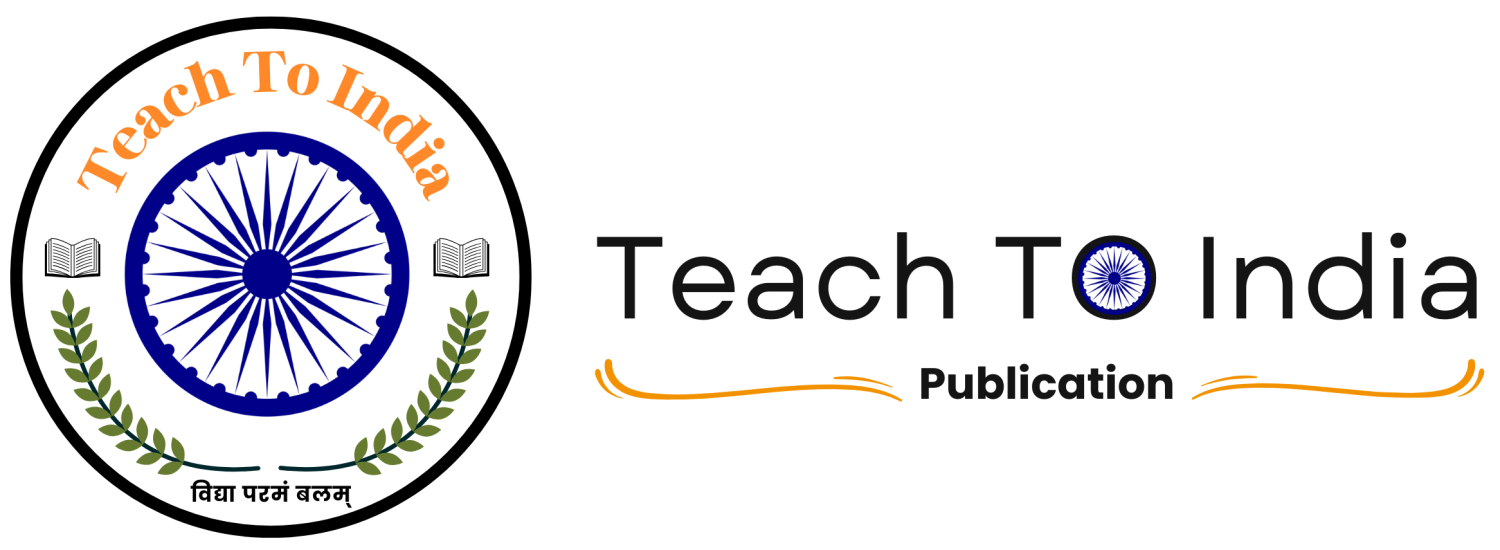Computer Graphics
- Description
- Curriculum
- Reviews

Model Question Paper
Computer Graphics
Key Features | मुख्य विशेषताएँ
- Bilingual Model Paper | द्विभाषी मॉडल पेपर
- Enough MCQ for Practice | अभ्यास के लिए पर्याप्त MCQ
- Exam Practice Paper with Mock Tests | मॉक टेस्ट के साथ परीक्षा अभ्यास पत्र
- Latest Syllabus as per NEP | NEP के अनुसार नवीनतम पाठ्यक्रम
- Designed by Experts | विशेषज्ञों द्वारा तैयार किया गया
The given MCQs cover only 10% of the syllabus | दिए गए बहुविकल्पीय प्रश्न केवल 10% पाठ्यक्रम को कवर करते हैं।
To cover 100% of the syllabus with summaries, upgrade to our Advanced Model Paper.| पूरा सिलेबस और सारांश कवर करने के लिए हमारा एडवांस मॉडल पेपर जॉइन करें। Join Advanced Model Paper
-
Program Class: Certificate/ B.SC.
Year: First
Semester: Second
Subject: Computer Science
Course Title: Computer Graphics
Course Learning Outcomes: The main objective of the course is to introduce students with fundamental concepts and theory of computer graphics. It presents the important drawing algorithm, polygon fitting, clipping and 2D transformation curves and an introduction to 3D transformation.
Credits: 4
Core Compulsory
Max. Marks: –25+75
Min. Passing Marks: 33
Unit
Topics
I
Introduction to Computer Graphics: Brief Survey of Computer Graphics, Graphics System: Video Display Devices, Raster Scan Systems, Random Scan Systems, Input Devices, Hard Copy Devices, Graphics Software.
II
Output Primitives and Their Attributes: Line Drawing Algorithms (Direct, DDA and Bresenham’s), Circle Generating Algorithm (Bresenham’s, Midpoint), Ellipse Generating Algorithm (Midpoint), Area Filling (Boundary – Fill and Flood- Fill) Algorithms, Line attributes and color
III
2-D Geometrical Transforms & Viewing: Homogeneous Coordinate System, Basic Transformations: Translation, Rotation, Scaling, Reflection, Shear, composite transformations like- Rotation about an Arbitrary Point, Reflection through an Arbitrary line, transformations of points.
Clipping: Point clipping and Line clipping algorithms: Cohen- Sutherland and Liang- Barsky, Polygon Clipping, Window to viewport coordinate transformations.
IV
Three Dimensional Concepts: Three-Dimensional Display Methods: Parallel and Perspective Projections, Translation, Rotation, Scaling, Composite Transformations, Hidden line and surface elimination- Z-buffer, back face, scan line, depth buffer.
V
Shading: Modelling light intensities- flat shading, gouraud shading, phong shading, Representation of Space curves, Beizer curves, B-Spline Curves, B-Spline Curve Fit.







